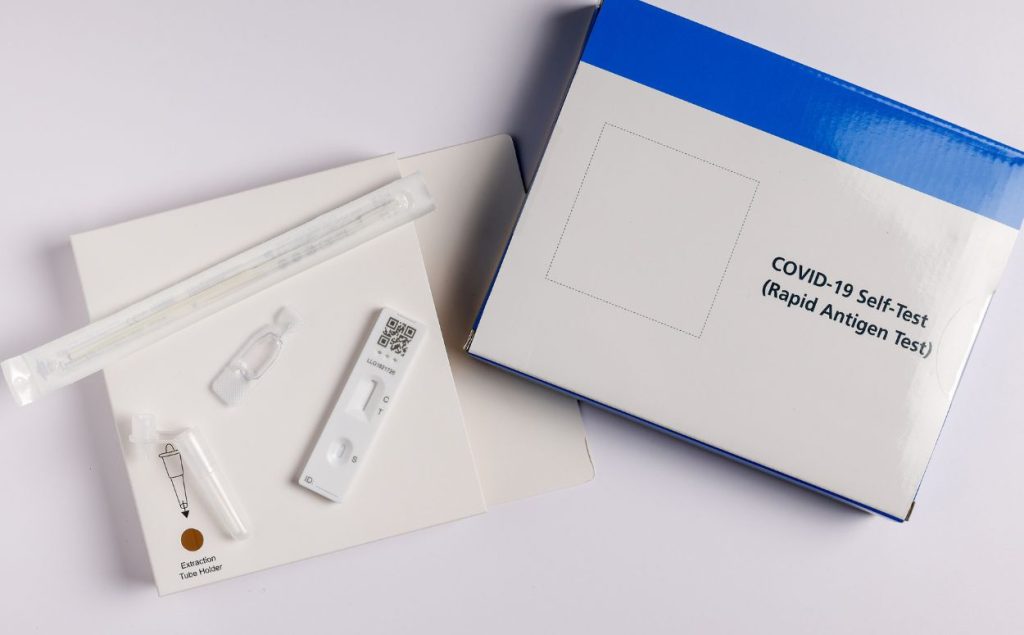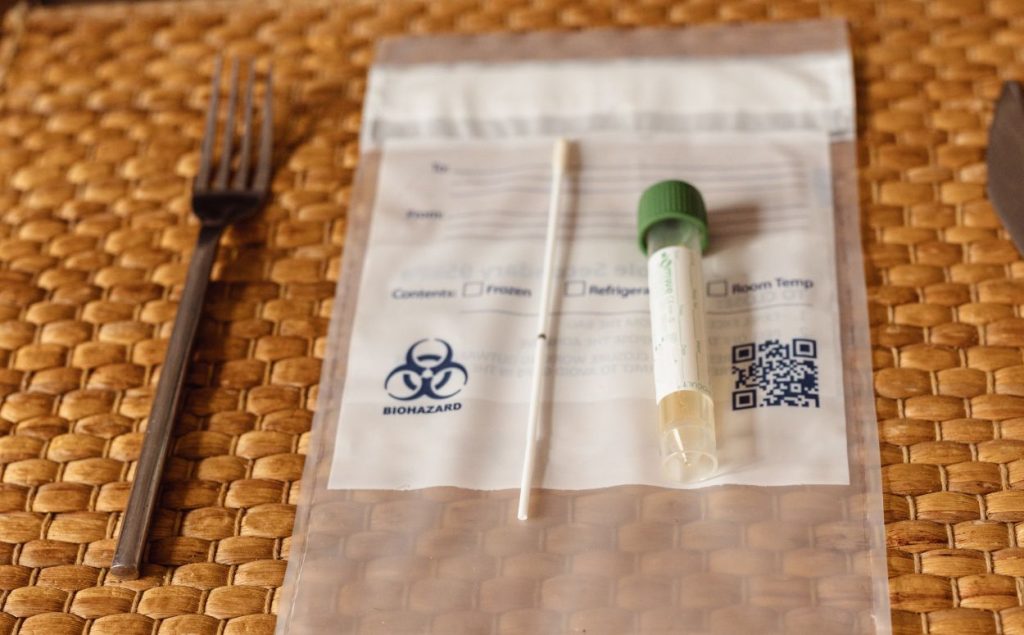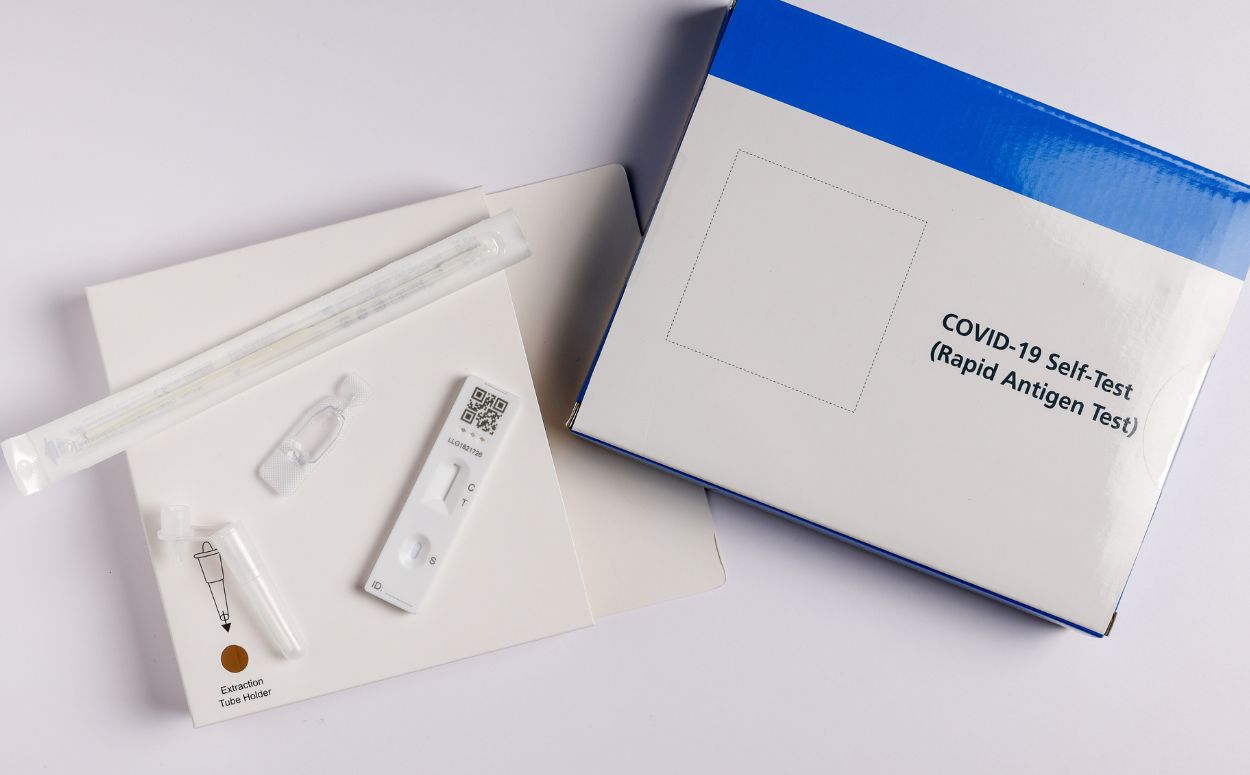The rise of at-home lab testing has revolutionized the healthcare industry, offering consumers unprecedented access to medical insights without the need for in-person visits. Companies specializing in at-home lab testing provide convenience, privacy, and accessibility, which are essential in today’s fast-paced world. However, the efficiency of fulfillmentoperations plays a crucial role in ensuring these benefits are fully realized. From timely deliveries to secure handling of biological samples, every step in the fulfillment process can impact the quality, reliability, and reputation of at-home lab testing providers.

Table of Contents
The Role of Fulfillment in At-Home Lab Testing
Fulfillment for at-home labtesting providers is more than just shipping test kits to customers. It encompasses inventory management, order processing, packaging, shipping, tracking, and returns management. Given the sensitive nature of medical tests, fulfillment must be executed with precision, reliability, and compliance with regulatory standards.
A seamless fulfillment process ensures that customers receive their test kits promptly, can collect their samples with ease, and return them without hassle. Any delays or inefficiencies in fulfillment can lead to customer dissatisfaction, inaccurate test results due to sample degradation, and even regulatory non-compliance.
The Impact of Delays in Fulfillment
1. Customer Trust and Satisfaction
Timely delivery is a primary expectation of customers purchasing at-home lab tests. Any delays in receiving a kit can lead to frustration and erode trust in the provider. This is especially critical for tests related to urgent health concerns, such as infectious disease screening or fertility tracking.
2. Sample Viability and Accuracy
Many at-home lab tests require biological samples such as blood, saliva, or urine. The integrity of these samples can degrade over time, especially if they are not returned to the lab within a specific timeframe. Efficient fulfillmentensures that customers receive their kits quickly and can return their samples within the recommended window, thereby maintaining sample viability and test accuracy.
3. Regulatory Compliance
The healthcare industry is heavily regulated, and at-home lab testing providers must comply with various federal and state regulations. Inefficient fulfillment processes that lead to mislabeling, incorrect shipments, or lost samples can result in compliance violations and legal repercussions. Efficient fulfillment minimizes these risks by ensuring accuracy in every step of the logistics chain.
Key Components of an Efficient Fulfillment Strategy
1. Streamlined Inventory Management
Effective inventory management ensures that test kits are always available when customers need them. Providers must implement real-time inventory tracking to prevent stockouts or overstocking, both of which can be costly and impact service reliability.
2. Automated Order Processing
Manual order processing can lead to errors and delays. Automation tools can significantly speed up the fulfillment process by automatically verifying orders, generating shipping labels, and routing them to the nearest distribution center for quick dispatch.
3. Optimized Packaging and Shipping
Test kits must be packaged securely to prevent damage during transit. Additionally, temperature-sensitive components, such as blood sample collection tubes, may require specialized packaging to maintain stability. Partnering with reliable shipping carriers that offer expedited and trackable shipping options is essential to meeting delivery timelines.
4. Efficient Returns Management
At-home lab testing requires a seamless process for customers to return their samples. Prepaid return labels, clear instructions, and convenient drop-off locations improve compliance with sample submission guidelines. Efficient handling of returned kits ensures that samples reach the lab promptly for analysis.
5. Real-Time Tracking and Customer Support
Providing customers with real-time tracking updates helps manage expectations and reduces anxiety about when their kits will arrive or reach the lab. Additionally, robust customer support channels must be in place to address any fulfillment-related inquiries and resolve issues swiftly.
The Competitive Advantage of Efficient Fulfillment
1. Enhanced Customer Experience
Customers value convenience and reliability when choosing an at-home lab testing provider. An efficient fulfillment process translates to faster turnaround times, improving the overall customer experience and increasing repeat business.
2. Brand Reputation and Trust
In an industry where accuracy and reliability are paramount, efficient fulfillmentreinforces a provider’s reputation. Positive customer reviews and word-of-mouth recommendations can drive more business and help establish the provider as a trusted name in the market.
3. Cost Savings and Operational Efficiency
Reducing fulfillment inefficiencies minimizes waste, lowers shipping costs, and optimizes resource allocation. Investing in technology and logistics partnerships can result in long-term cost savings while maintaining high service standards.
4. Scalability for Growth
As the demand for at-home lab testing grows, providers must be able to scale operations without compromising efficiency. A well-structured fulfillment strategy supports business expansion by handling increased order volumes seamlessly.

Efficiency in At-Home Lab Testing
Efficient fulfillment is the backbone of a successful at-home lab testing business. From ensuring timely deliveries and maintaining sample integrity to enhancing customer trust and complying with regulations, every aspect of fulfillment plays a critical role. By investing in streamlined processes, automation, and strategic logistics partnerships, at-home lab testing providers can optimize operations, improve customer satisfaction, and maintain a competitive edge in the industry. As the healthcare landscape continues to evolve, those who prioritize efficient fulfillment will be best positioned for long-term success.
